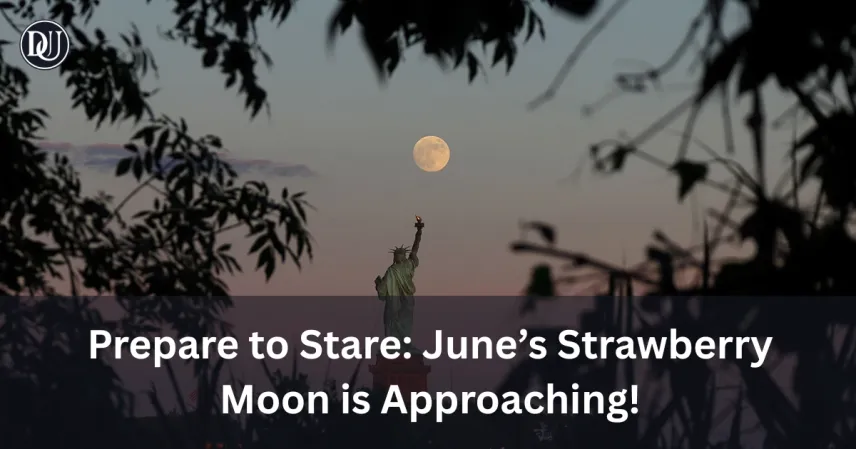You know that feeling when you look up at the night sky and the moon just looks… incredible? Well, get ready for that feeling on steroids this week! June's full moon, affectionately known as the 'Strawberry Moon', is about to grace our skies, and trust me, you won't want to miss it. It's not just a pretty sight; there's a whole story behind its name, and honestly, it makes me appreciate our celestial neighbor even more. So, grab your comfiest chair, maybe a cup of chai, and let's talk about how you can catch this beautiful event.
Why 'Strawberry Moon'? And How to Spot It!
Now, I know what you're thinking, 'Strawberry Moon'? Does it actually look red, or taste like strawberries?' You'll probably find this odd too, but no, it doesn't actually turn pink or red like a strawberry. That name, actually, comes from the Indigenous Algonquin tribes in North America. For them, June was the time to harvest wild strawberries, so they named the full moon after this delicious seasonal fruit. Isn't that just a cool bit of history? It's a sweet reminder of nature's cycles and how different cultures connected with the sky.
![]()
Here’s the thing about catching this lunar show:
- When to Look Up: The full moon officially peaks on Friday, June 21st, which is perfect for a weekend viewing party! It'll be visible from sunset onwards.
- Where to Look: Pretty simple, just look towards the east after sunset. As the night progresses, it'll climb higher in the sky.
- No Fancy Gear Needed: That's right! You don't need a telescope or binoculars (though they'd certainly enhance the view!). Your naked eyes are all you need to enjoy this spectacle.
- Find a Dark Spot: If you can, try to get away from city lights. The less light pollution, the more spectacular the moon will look. Even your balcony or terrace can be a great spot if you're in a city.
Speaking of which, the moon will appear full for a few days around its peak, so even if you miss the exact moment, you’ll still get a fantastic view. What does this mean for us? It means a few nights of gorgeous sky-gazing opportunities! Remember when we used to just sit and look at the stars? This is a perfect excuse to do just that.
![]()
What This Actually Means for Our Connection to the Cosmos
Beyond being a pretty sight, events like the Strawberry Moon connect us to something bigger. It’s a shared human experience, right? Across cultures and time, people have looked up at the moon, felt its pull, and marked their calendars by its phases. It reminds us of the rhythm of nature, the changing seasons, and our place in this vast universe. Honestly, in our busy lives, taking a moment to simply look up at the moon can be incredibly grounding. It's a subtle reminder that the world keeps spinning, and there's beauty everywhere, even in the mundane.
This got me thinking, how often do we actually pause to appreciate these natural wonders? Not enough, I'd say! So, this week, make a conscious effort. Step outside, take a look at that gorgeous full moon, and just breathe. You get the idea.
Bottom Line: Don't Miss This Lunar Treat!
So, mark your calendars for Friday, June 21st, because June's 'Strawberry Moon' is coming! It's a fantastic chance to connect with nature, enjoy a stunning celestial view, and maybe even learn a little bit about traditional moon names. You don't need anything special, just your eyes and a clear patch of sky. Are you planning to watch the Strawberry Moon? What's your favorite thing about looking at the night sky?










